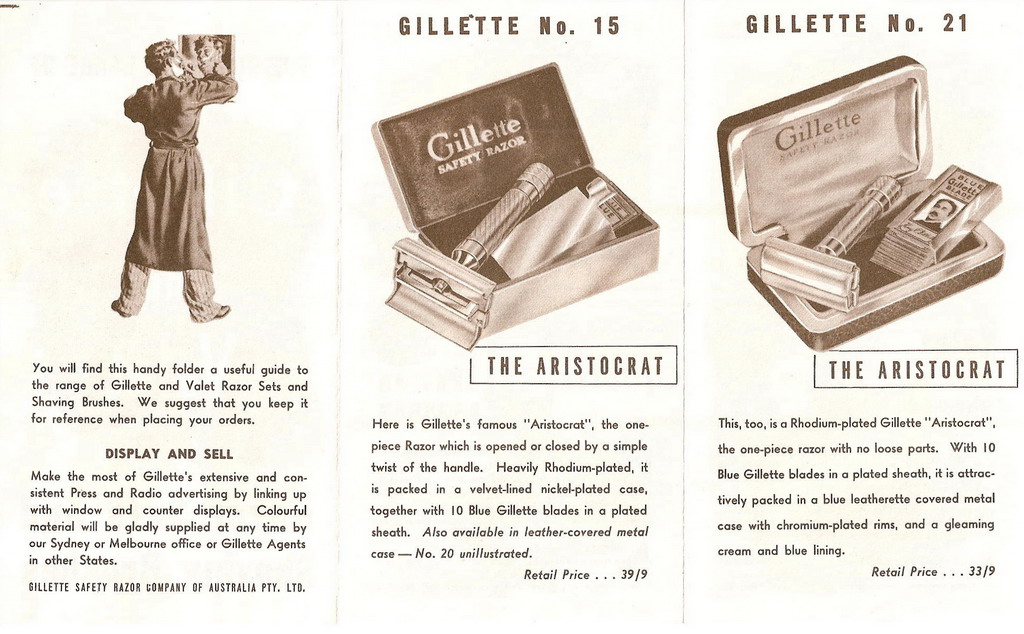I'm hoping someone with more knowledge than me can give me a rundown on at least some of the British versions of Gillette razors.
Over the last couple of months, I've added a #20, #16, #21, #88 and #58 (on the way) to join the #66 I already had. Every one of these razors is great. I get close shaves with zero irritation. And although most of these razors are a little beat up, they are beautiful pieces of history. They are a pleasure to use. If I had to pick a favorite, it might be the #21, but I love them all.
My understanding is that my #20 is just about the same as a #15, and a #88 is a duplicate of a #77. Do the other razors that I have duplicate other razors in the Gillette line?
In your opinion, what other British Gillettes do I need to experience?
Over the last couple of months, I've added a #20, #16, #21, #88 and #58 (on the way) to join the #66 I already had. Every one of these razors is great. I get close shaves with zero irritation. And although most of these razors are a little beat up, they are beautiful pieces of history. They are a pleasure to use. If I had to pick a favorite, it might be the #21, but I love them all.
My understanding is that my #20 is just about the same as a #15, and a #88 is a duplicate of a #77. Do the other razors that I have duplicate other razors in the Gillette line?
In your opinion, what other British Gillettes do I need to experience?






